Wilderness and National Parks
7 Comments
The US was the first country in the world to establish a National Park. Fifty years ago today, when President Lyndon Johnson signed the Wilderness Act into law, the US also became the first country in the world to define and designate wilderness areas.
The landmark law provided for the first time the legal definition of wilderness as “an area where the earth and its community of life are untrammeled by man, where man himself is a visitor who does not remain”, in the lyrical words of Howard Zahniser, the author of the Act. Establishing the National Wilderness Preservation System, the law put in place federal protections meant to be permanent for Wildernesses. Like National Parks – and unlike National Monuments, which can be established by presidential authority – designation of a Wilderness requires approval by congress. Initially, Wildernesses started at 54 Forest Service-administered areas that totaled 9.1 million acres. Today, the National Wilderness Preservation System has grown to 758 areas that total just under 110 million acres, administered by four agencies. Here is a listing of Wildernesses by state and two interactive maps: Wilderness areas by name, Wilderness and Eco-regions.
The National Parks are defined by the icons as they were set aside for their exceptional scenic values. By contrast, Wildernesses are lands that have retained their primeval character and have outstanding opportunities for solitude. Instead of the icons and easy access which draw tourist visitation, I see them as offering a beauty to be discovered by personal explorations, away from the crowds.
While both National Parks and Wildernesses provide for protection and enjoyment, Wildernesses go a step further in protection, excluding mechanical or motorized travel (and therefore roads) and buildings.
I like the fact that the National Park Service has strived to make the National Parks easily accessible to anybody, through construction of roads engineered to take in the best scenery in the country, and development of excellent facilities. An easy visit can lead many to realize that they can enhance their lives by connecting more with nature. I was grateful for road access while lugging my large format photography equipment, however, I find the slower pace of the trail or paddle, and the total immersion in nature that it provides, a more authentic and satisfying experience than stepping out of a car to photograph a wild-looking scene. Experience is the foundation of my photography, one of my the primary goals being to inspire people to go and seek the experiences that I had.
Although they represent two different approaches to conservation, National Parks and Wildernesses often coincide. The National Parks, where I have focused much of my work, are home to many Wildernesses. 50 national park units have designated wilderness, totaling more than 44 million acres. 53% of National Park Service lands are Wilderness, as compared to only 19% of Forest Service lands, 14% of Fish and Wildlife Service lands, and 4% of Bureau of Lands Management lands. Recognizing that many of their lands deserve the highest degree of protection even if they have not obtained the official Wilderness designation, the National Park Service manages over 80% of their lands as wilderness.
In addition to the well-known icons of the parks, I have strived to explore those wilderness areas, on long trails or backpacking trips. I count myself as fortunate to make a living while sharing my experiences in the natural world through photography, but more importantly today, I am grateful that those who came before me, such as photographers Ansel Adams, Eliot Porter, and Philip Hyde, contributed so much to the preservation of these special places, where future generations will be able to have the same experiences that I had. Here are ten photographs made in the designated Wilderness areas of National Parks. Do you recognize any of the locations?
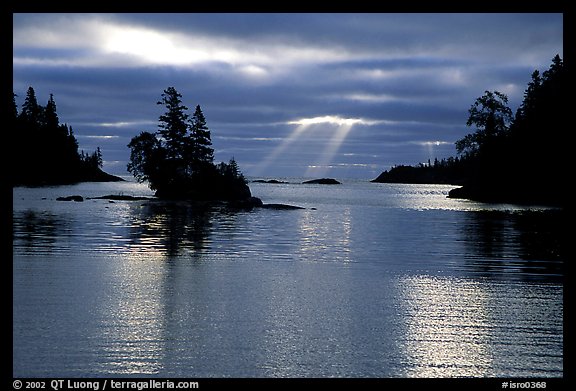
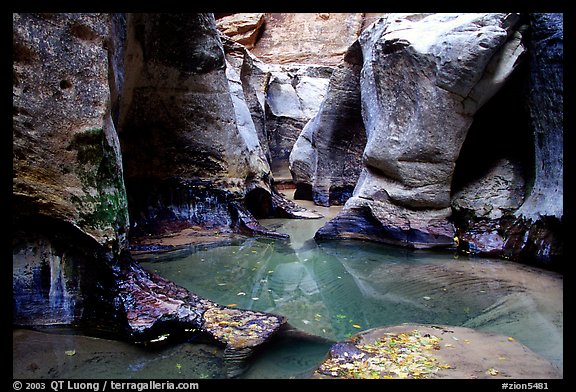
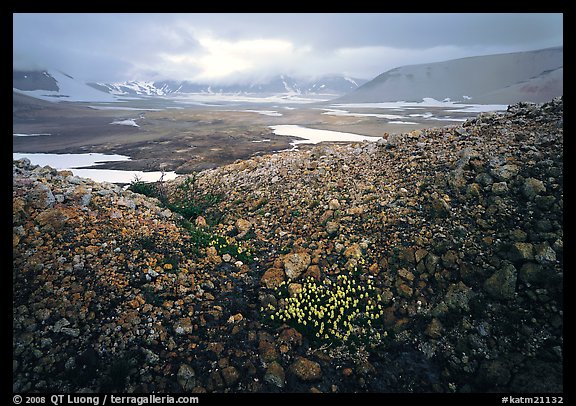
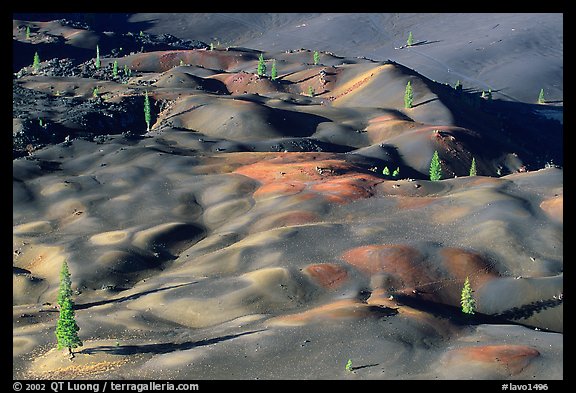
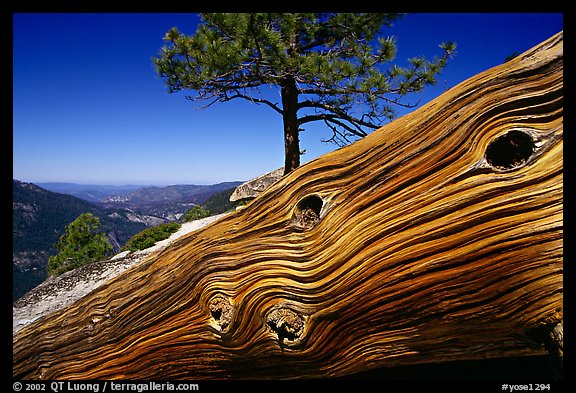
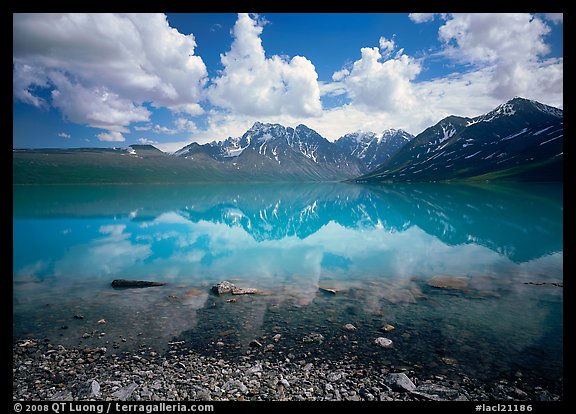
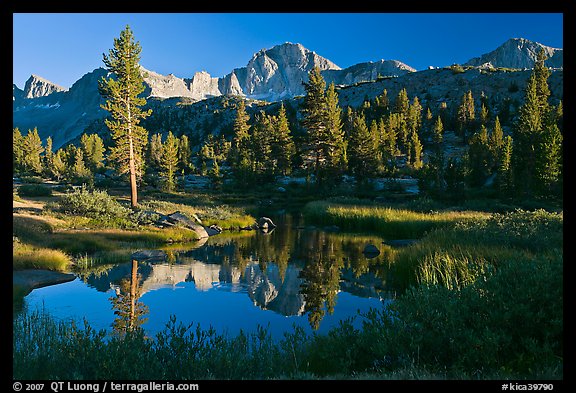
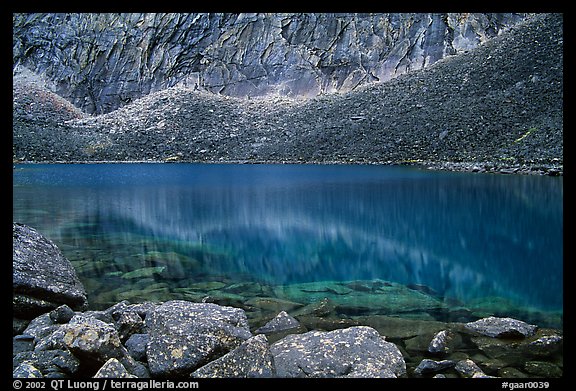
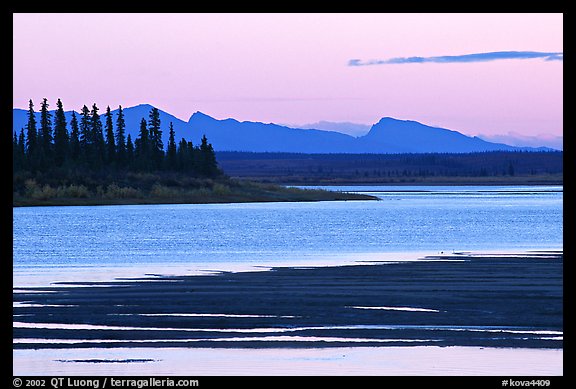
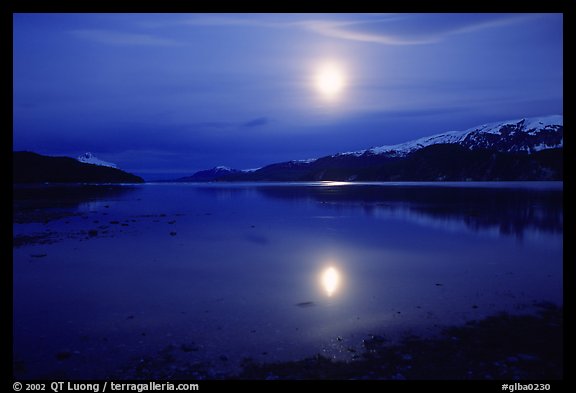
P.S. Since I see wilderness as the counterpoint to easily accessed icons on the tourist trail, I was surprised to see amongst the award winners of the “Wilderness Forever” Photography contest, images made from locations such as the scenic road in Yosemite Valley (for Horsetail Falls) or the road bridge over the Virgin River in Zion, where you park nearby and stand elbow-to-elbow with fellow photographers at sunset. Denali Wilderness occupies 16,444 square miles, yet the grand prize winner was photographed at the most iconic spot in the park, Wonder Lake, which is not included in Denali Wilderness – being next to the only road in the park. Since rules emphasized that photographs had to be taken in Wildernesses, aren’t you wondering why the jury – certainly a knowledgeable and well-qualified group – made such choices ?


Hi Tuan, I really enjoyed your post and gorgeous images! I’m very happy that you have been able to connect with and photograph not just the National parks, but the wilderness areas also!
I find it very strange that the judges in the contest would chose such obvious tourist areas.
One thing that I find really distinguishes your images from many others is that they ring true. They give the viewer the raw natural beauty. All of your 10 images here give a unique perspective in areas that many never get to see.
Again, well written post and beautiful images! 🙂
Thanks for your kind words. In my photographs, I do favor truthfulness. It is important for me to depict a real moment which can be experienced by others – provided they are at the right place and time. This is the opposite approach to another photographer who states “If the photograph you purchase from me shows the landscape exactly the same way as you saw it in person, I will refund your money.”.
Hi Tuan, in case you read this before my Facebook comment, I paste here what I posted there:
Interesting to read in your blog post that the Smithsonian and other organizers of a photo contest to celebrate the 50th Anniversary of the Wilderness Act didn’t draw a distinction between true wilderness and roadside wilderness. Have we gotten so far away from nature, that the distinction has gotten fuzzy? Also loved your 10 pictures of true wilderness included in the post. Will you provide links or answers to which wilderness you were in when you took them in a future blog post?
Look forward to reading more about you and your work.
– Dolores
I’d say the distinction is more of standing in the wilderness, versus looking at the wilderness from a distance. In my own National Parks project, I have a few images of a park taken from outside (for example the East Face of Mt Whitney), but this makes sense because they are photographs OF the parks. I would have thought that one would want to be IN a wilderness. I will update this blog post with locations of photographs at a later time.
Yes, it is a much richer experience to be inside the wilderness, than to be looking from the outside! Look forward to the blog updates!
– Dolores
I agree, QT. Picking those roadside views while they may garner more eyeballs in a public venue, does a disservice to the overall message. Wilderness is not about what you can see from behind your windshield. It is about getting out there and interacting with the world away from manmade comforts. It’s clear to me those icon shots were selected for attention rather than playing by the rules.
Great shots BTW. I could see some winners in there for a true wilderness photo competition.
Thanks for weighting in. Maybe that’s the nature of photo contests that one needs to grab the attention of the judges, and apparently subject matters seems to matter much for that.